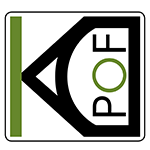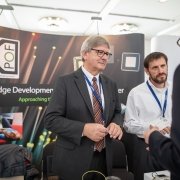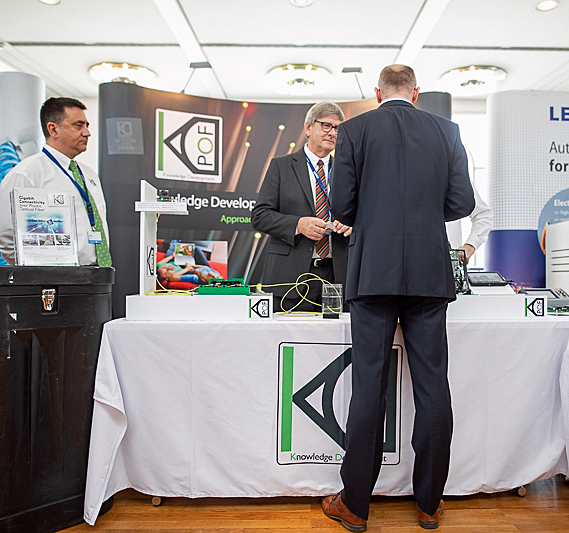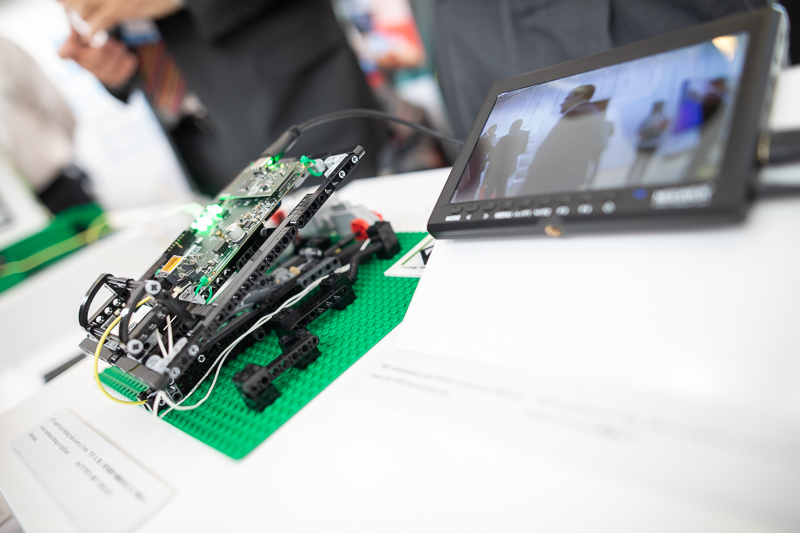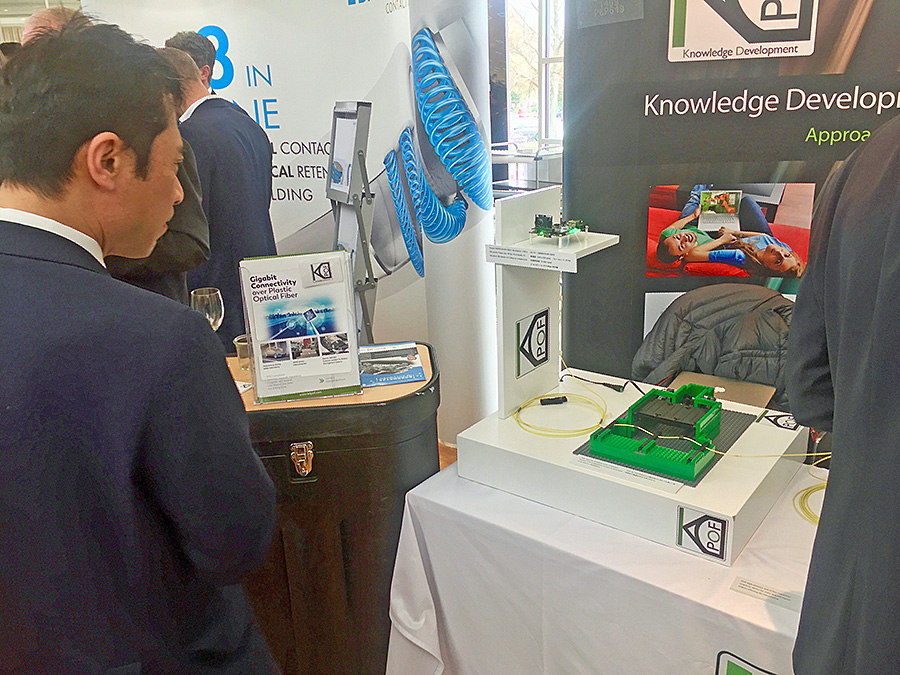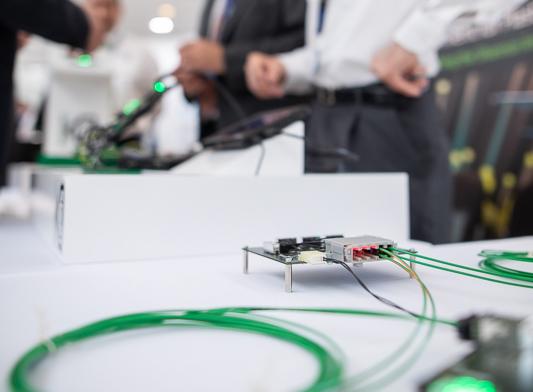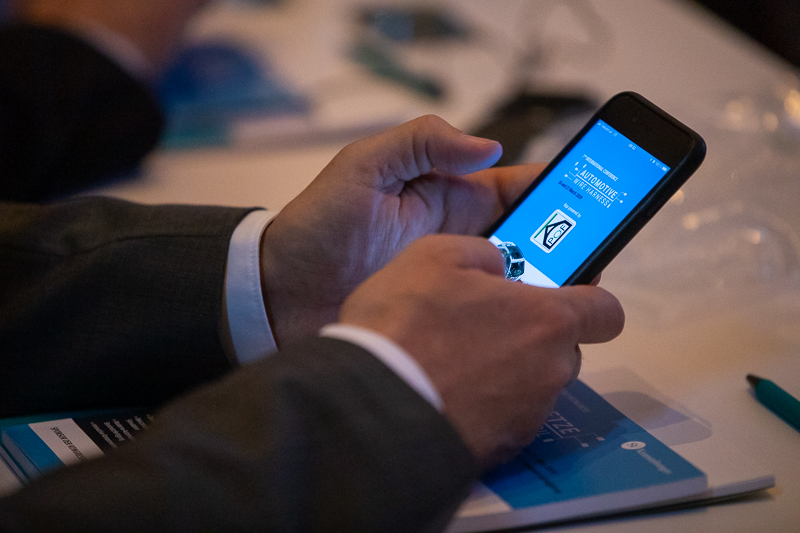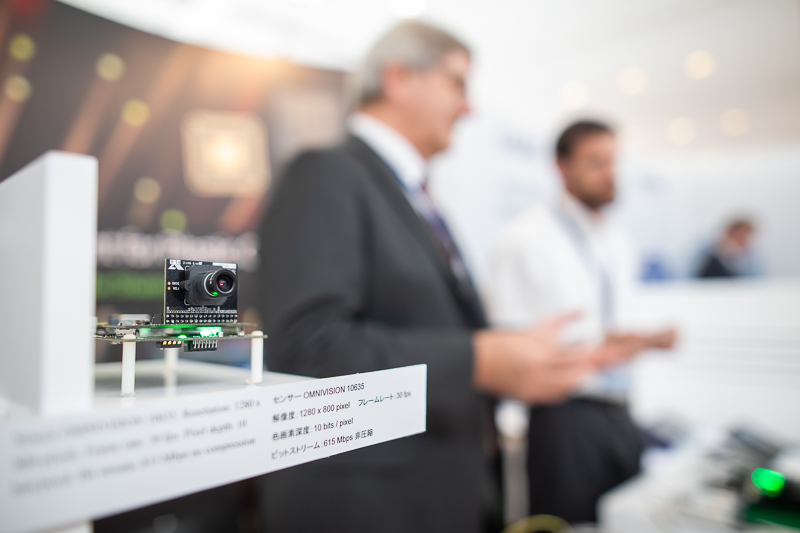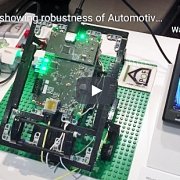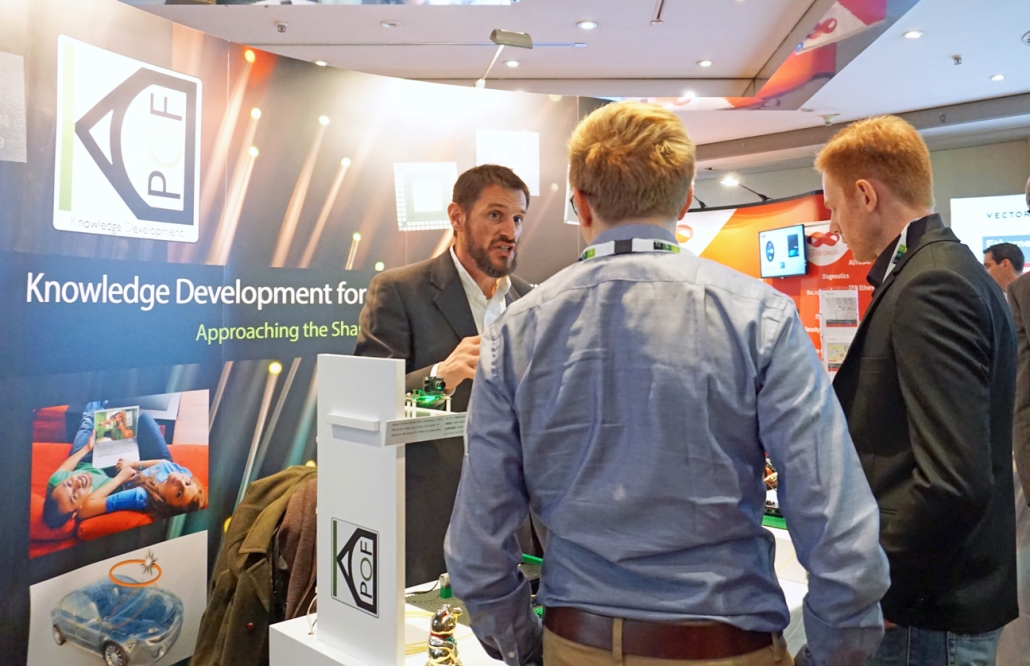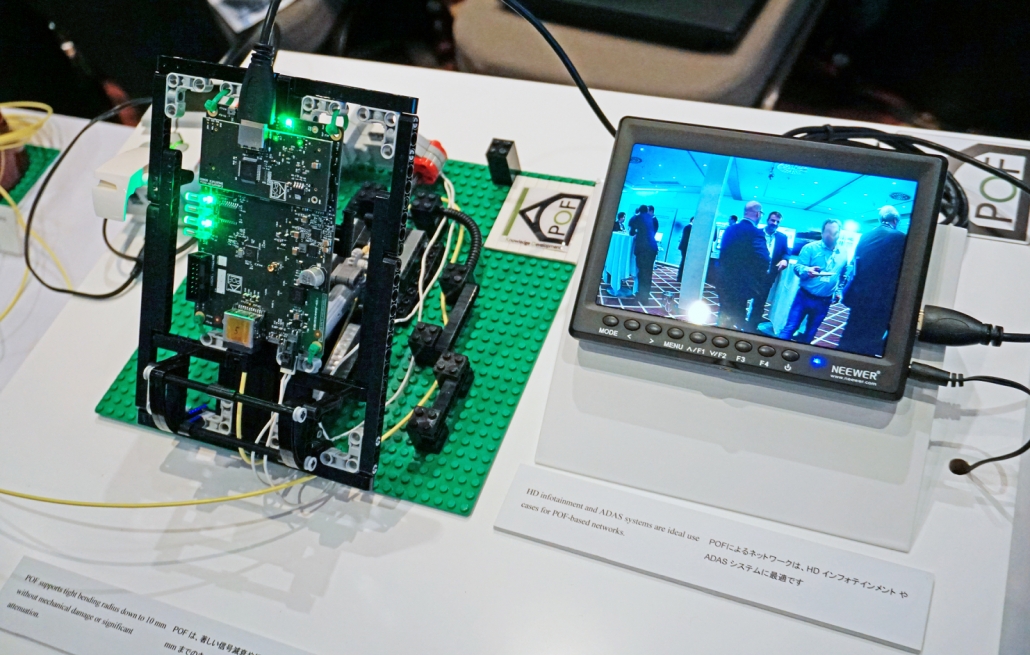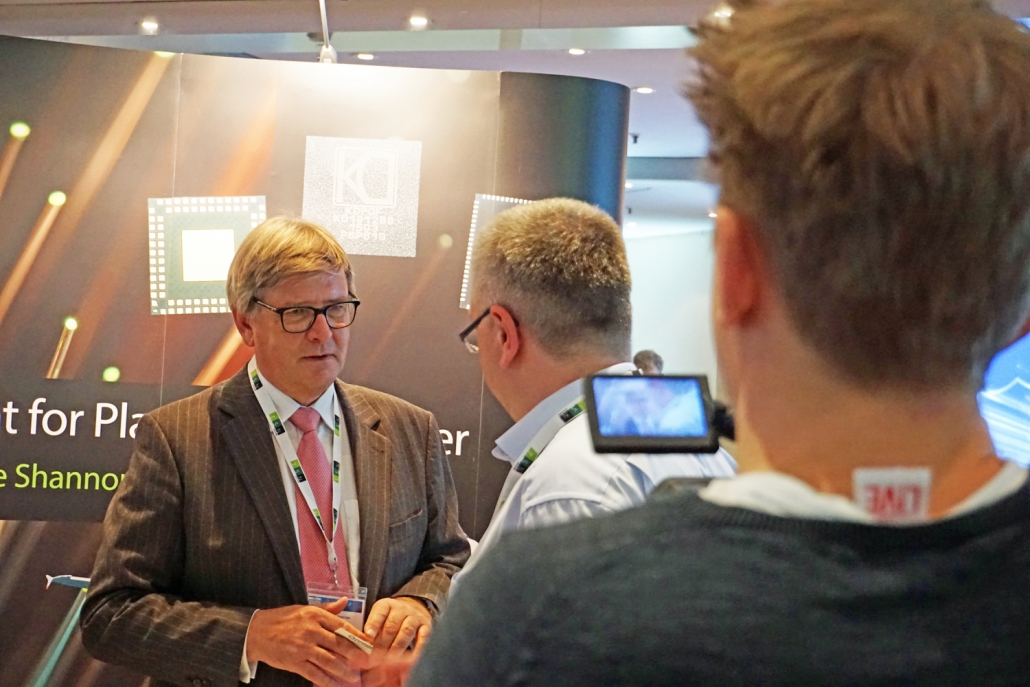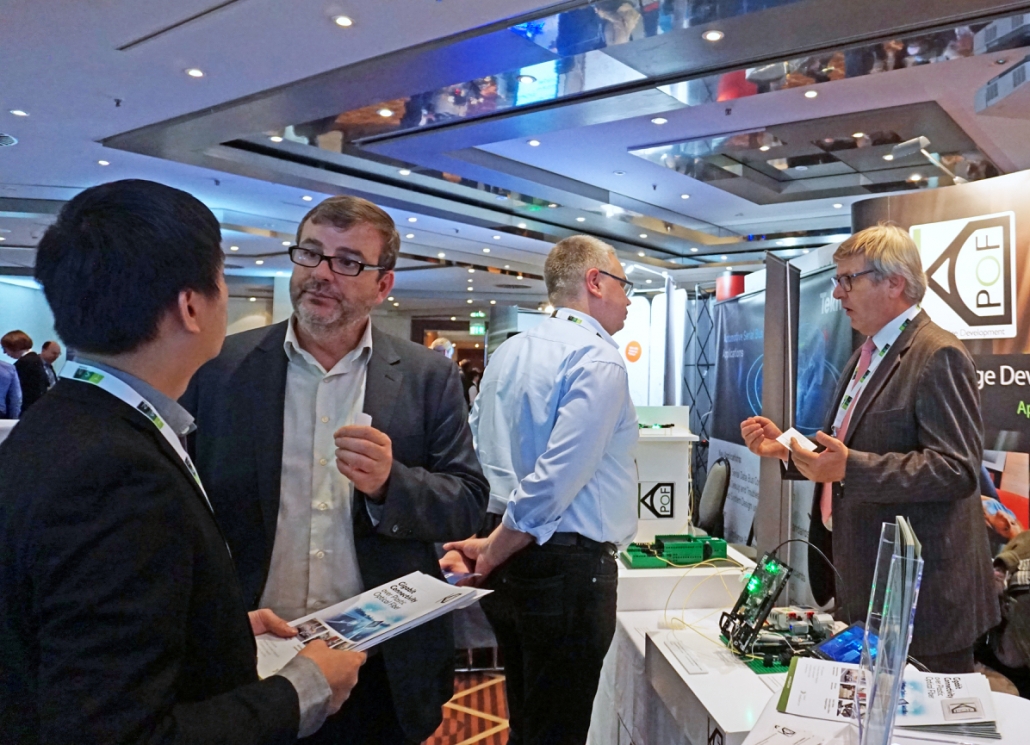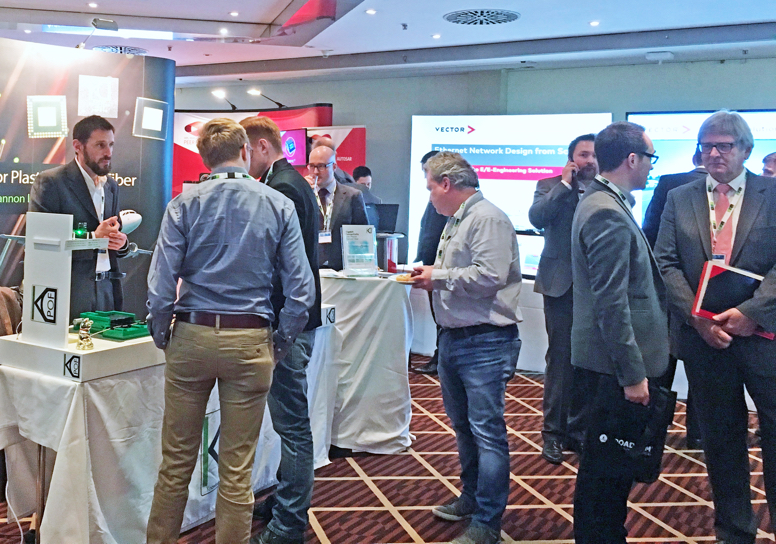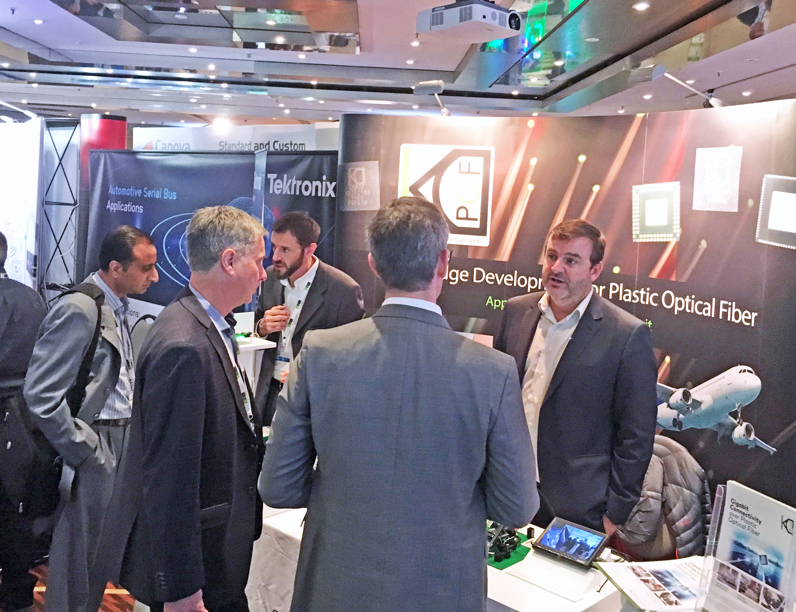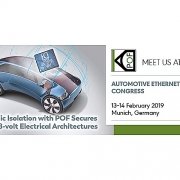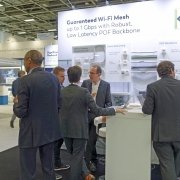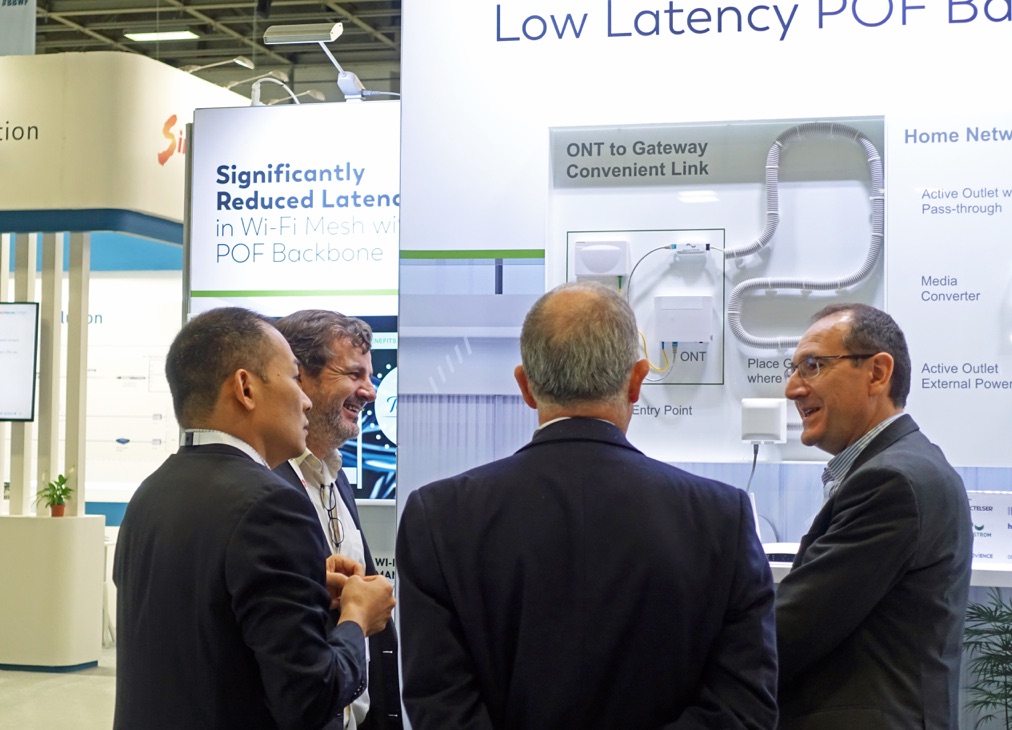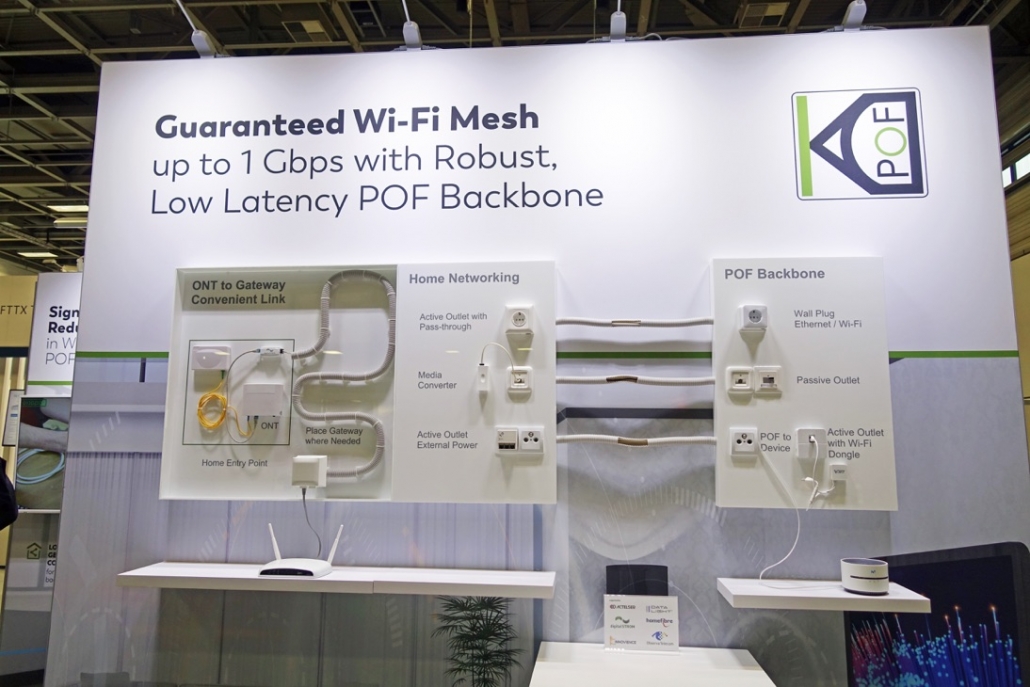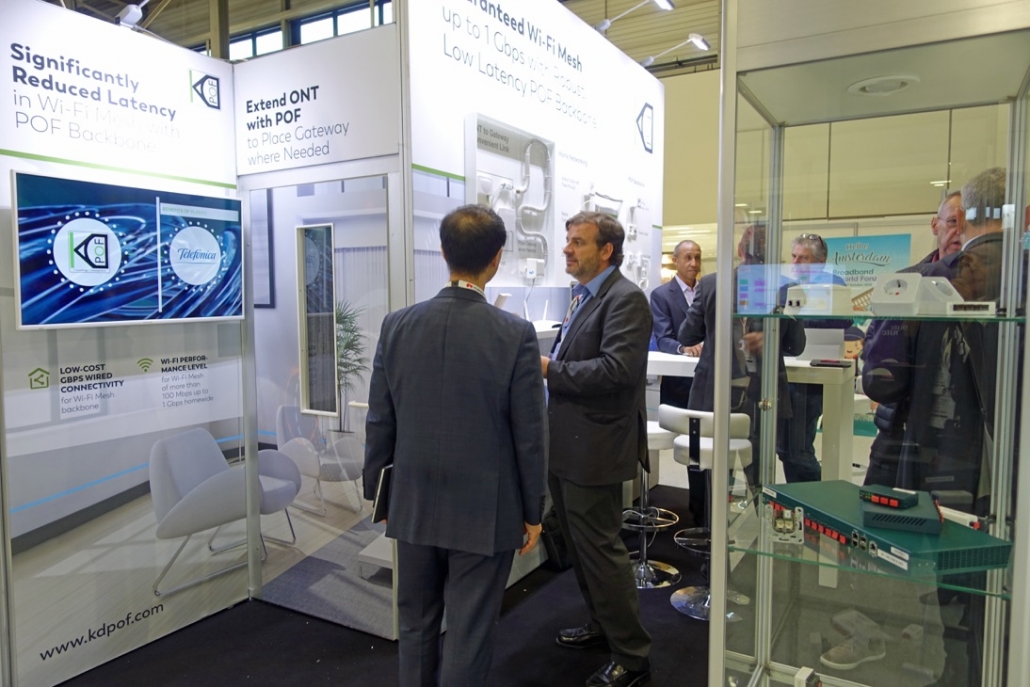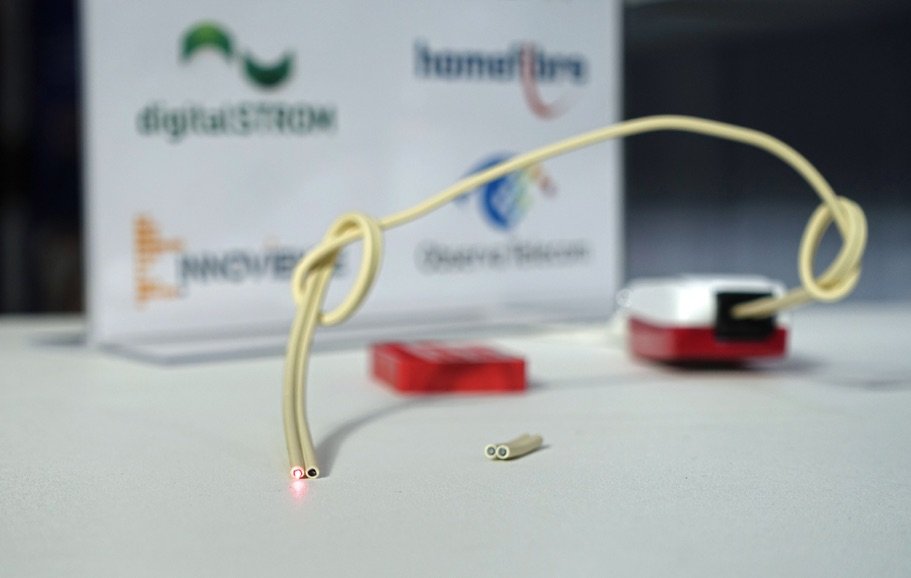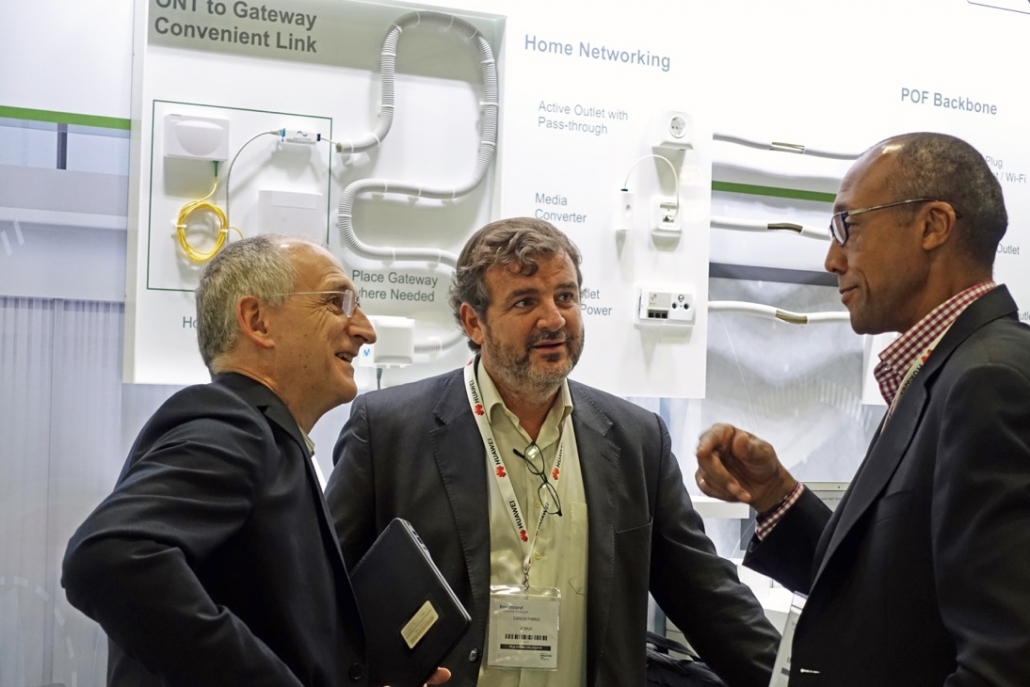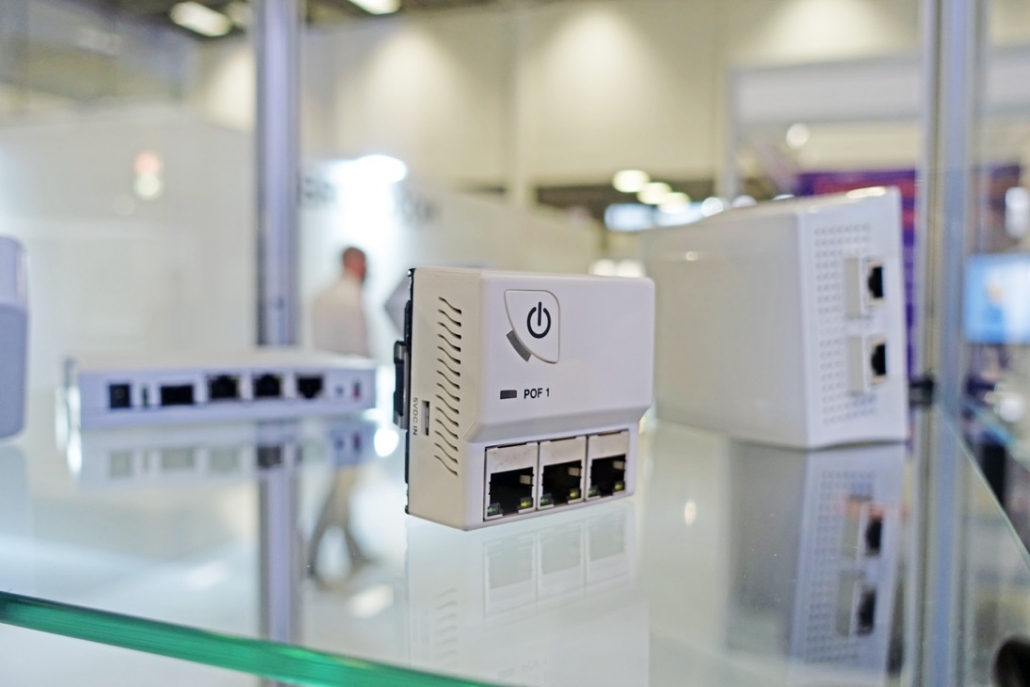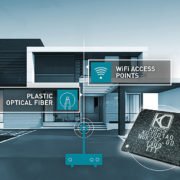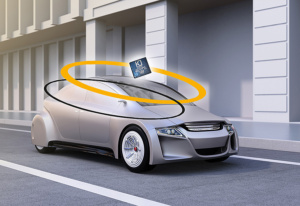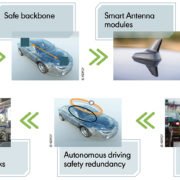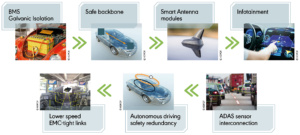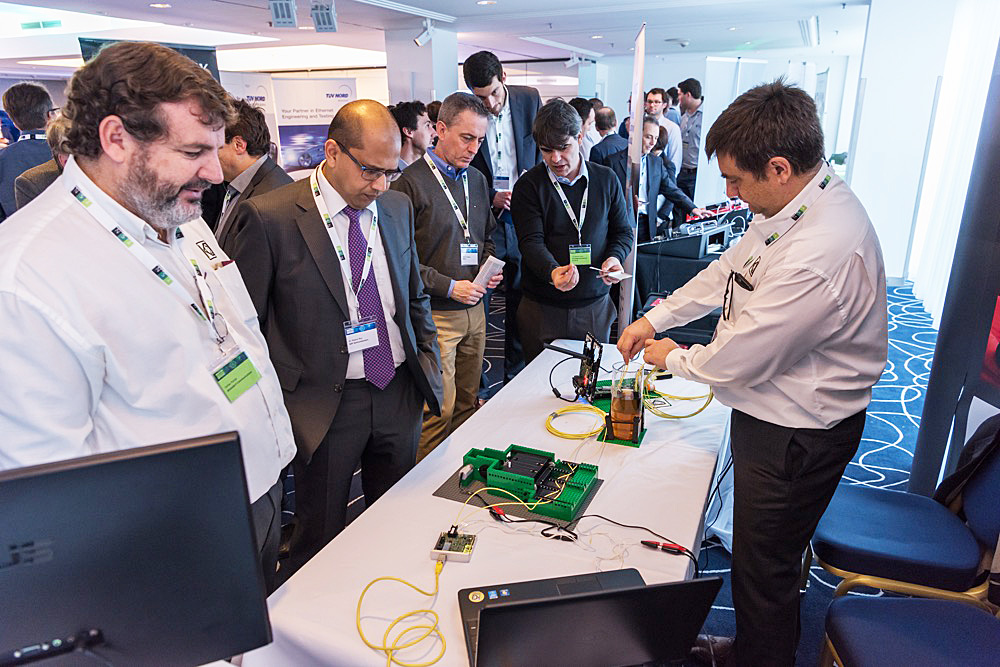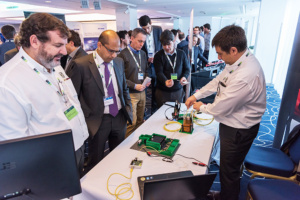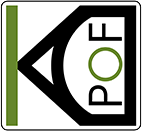At Broadband World Forum in Berlin, Germany, KDPOF will present their robust in-wall wired optical connectivity from October 23 to 25, 2018 at Stand A133 in Hall 22a. “With our Plastic Optical Fiber backbone, we elevate Wi-Fi EasyMesh(TM) performance to the next level: from more than 100 Mbps up to 1 Gigabit to any point in homes and small and home offices,” stated Carlos Pardo, CEO and Co-Founder of KDPOF. In combination with Wi-Fi access points, POF provides end users with maximum performance for both wireless and wired connectivity throughout the house. POF can reuse any existing conduits in the home, making these cables invisible. Plastic Optical Fiber is cost-efficient, low skill to install, and robust. In addition, it provides convenient Optical Network Termination (ONT) to Gateway (GW) link for a better placement of the GW within the home. By working with KDPOF, operators can offer their clients low latency, fast download speeds, and reliable connectivity for video.
Quality of Experience
“ISPs and Telecom operators are facing the paradox that while access speeds have increased, customer satisfaction rates drop if home networks cannot keep up,” added Carlos Pardo. Access speeds are growing higher and higher while users at home are locally connecting more and more devices to the internet. Customers expect to experience the speeds they are paying for. If these speeds are lower than expected, they are disappointed and the Quality of Experience declines. A trial of KDPOF and Telefónica to test the benefits of POF has resulted in the outcome that KDPOF’s technology helps to provide subscribers with very high connectivity speeds all around the home, allowing users to enjoy high-quality video streaming such as 4K IPTV, and supporting services such as online gaming with the lowest latency. Thus, the combination of Wi-Fi with Plastic Optical Fiber can increase Quality of Experience dramatically, leading to a surge in customer loyalty.
